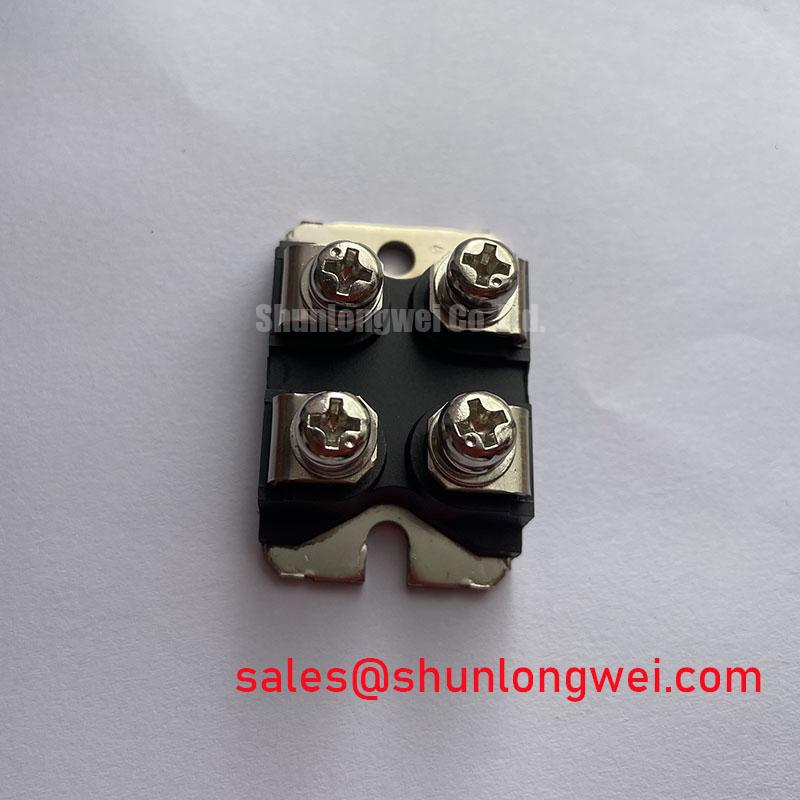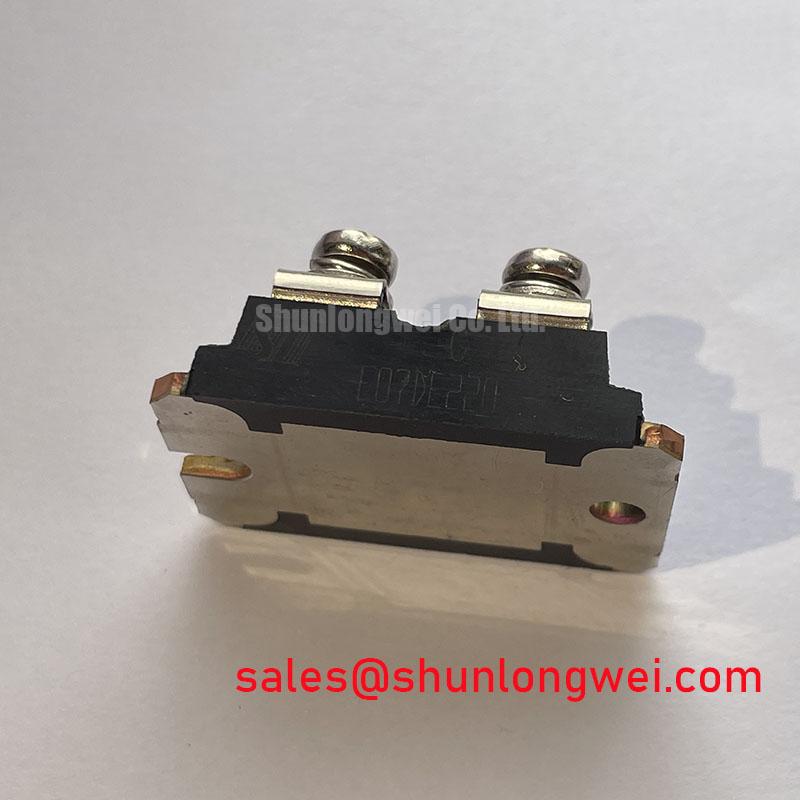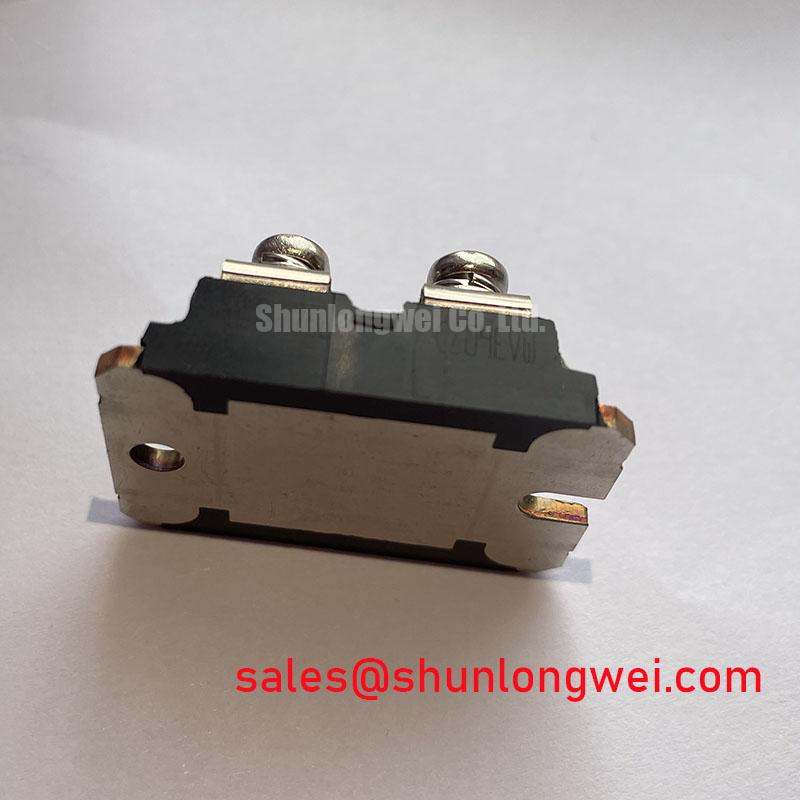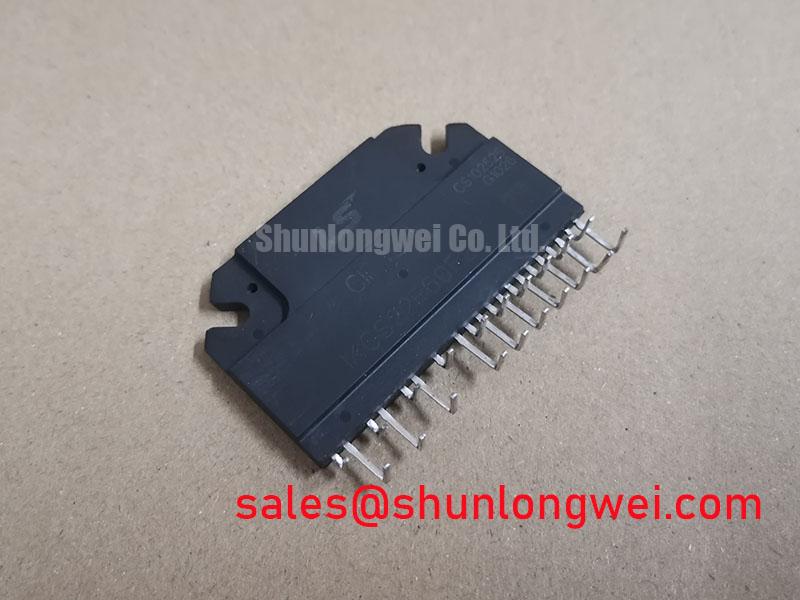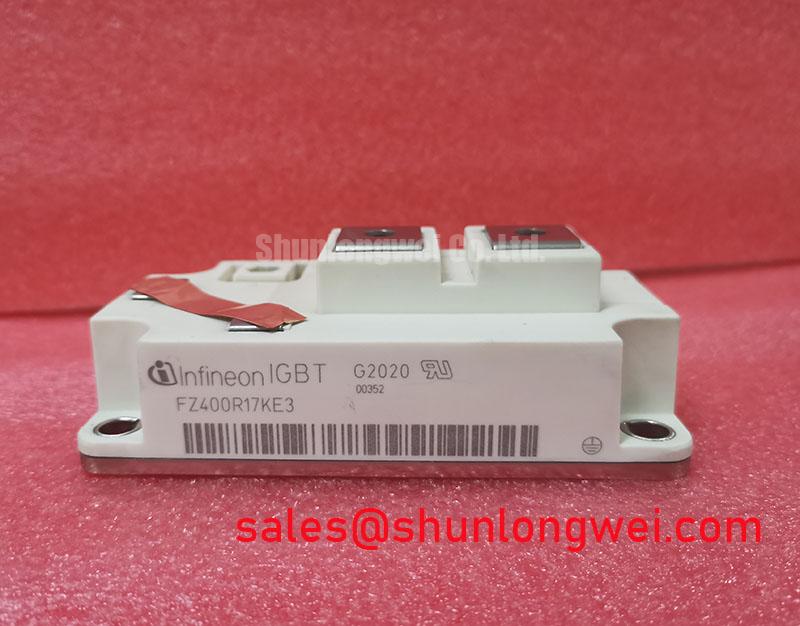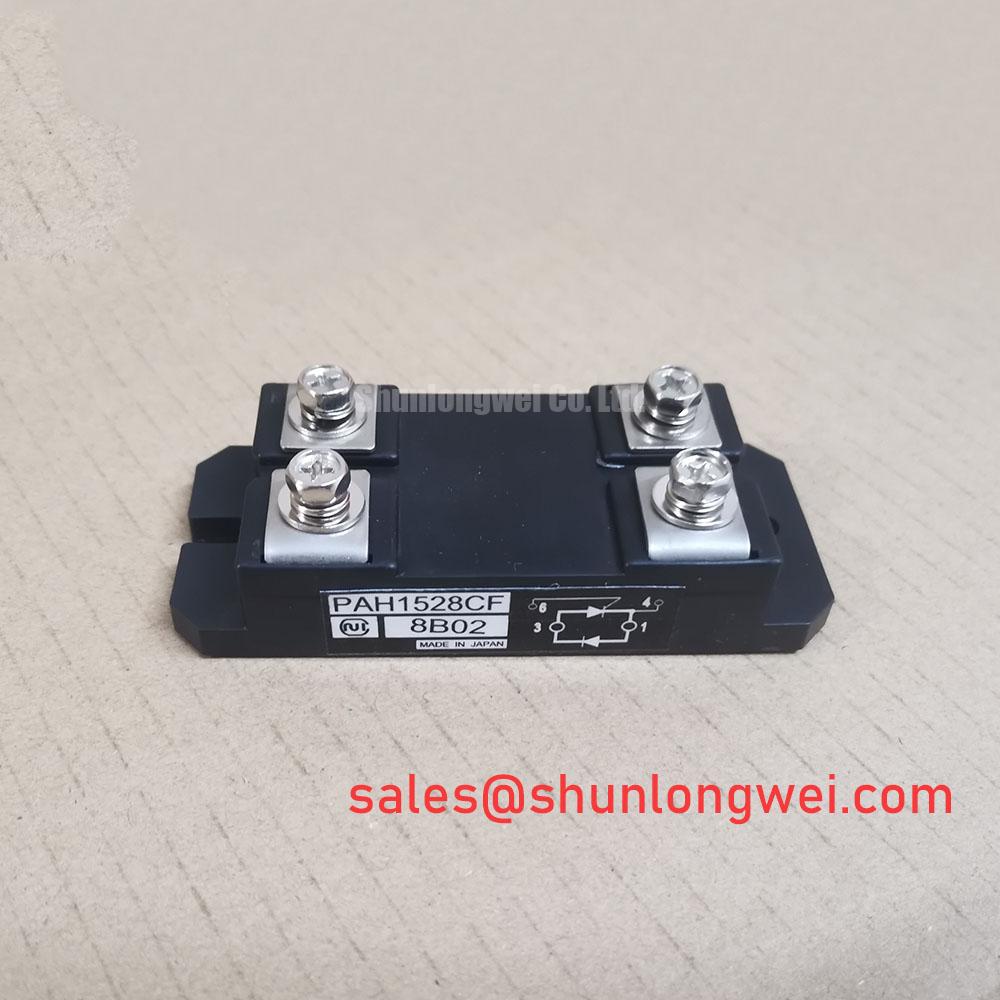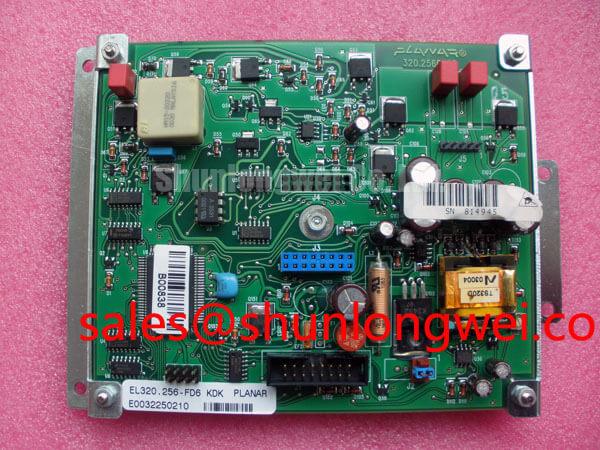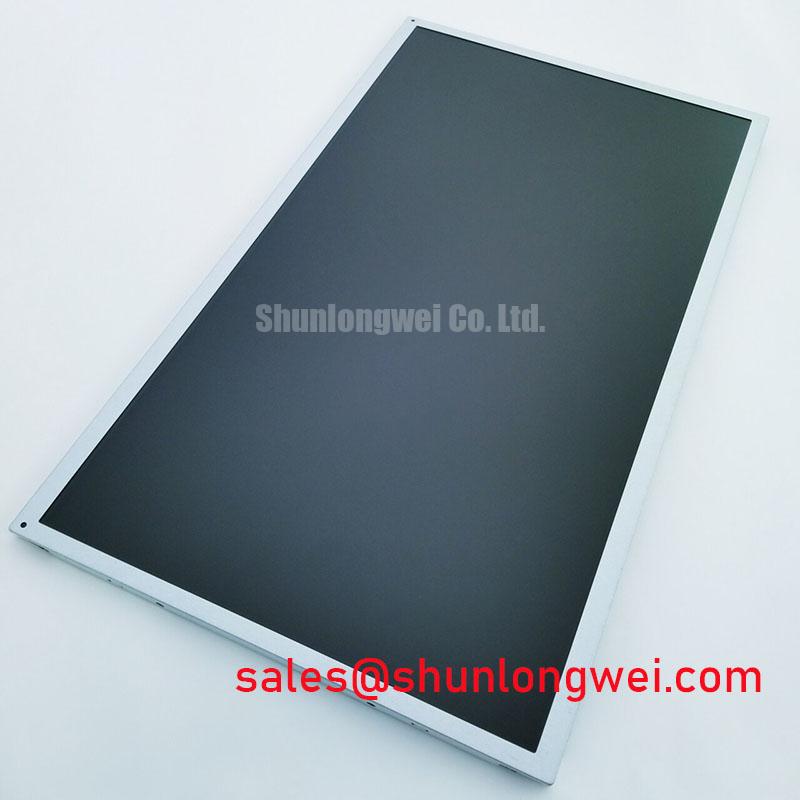STE07DE220: Engineering High-Efficiency 2200V Power Conversion
An In-Depth Technical Review of the STMicroelectronics N-Channel Power MOSFET
The STE07DE220 from STMicroelectronics is a high-voltage Power MOSFET engineered for exceptional efficiency and robustness in demanding power conversion applications. It leverages advanced MDmesh™ K5 super-junction technology to deliver a unique combination of a 2200V breakdown voltage, a low typical on-state resistance of 2.8 Ω, and a 7A current rating. This component provides key benefits of significantly reduced power losses and enhanced operational reliability. It directly addresses the engineering challenge of designing compact and efficient high-voltage auxiliary power supplies, particularly in systems where high dV/dt transients are a concern. For systems requiring robust switching in high-voltage DC-DC converter stages, the STE07DE220 offers a compelling performance profile.
Key Parameter Overview
Decoding the Specs for High-Voltage Efficiency and Reliability
The electrical characteristics of the STE07DE220 are tailored for high-performance switching. Each parameter directly contributes to the component's value in a final design, influencing everything from thermal management to overall system efficiency. The following table highlights critical specifications and translates them into their engineering significance.
| Parameter | Value | Engineering Significance & Value |
|---|---|---|
| Drain-Source Voltage (VDSS) | 2200 V | Provides a substantial safety margin for high DC bus voltage applications, making it suitable for systems derived from three-phase 480V or 690V AC lines. This high rating simplifies the design of robust power stages. |
| Continuous Drain Current (ID) | 7 A (@ TC = 25 °C) | Sufficient current handling for a wide range of auxiliary power supplies and medium-power converters, supporting loads in industrial and server applications. |
| Static Drain-Source On-Resistance (RDS(on)) | 2.8 Ω (Typ. @ VGS = 10 V, ID = 3.5 A) | A low on-resistance for this voltage class directly minimizes conduction losses. This is analogous to using a thicker wire; less energy is wasted as heat when the switch is on, improving overall efficiency. |
| Total Gate Charge (Qg) | 65 nC (Typ.) | A lower gate charge translates to faster switching and reduced switching loss, a critical factor for achieving high efficiency in converters operating at higher frequencies. |
| Peak dV/dt Ruggedness | 100 V/ns | Exceptional immunity to rapid voltage changes. This robustness prevents spurious turn-on events in noisy environments, enhancing system reliability, especially in bridge topologies like LLC resonant converters. |
| Thermal Resistance, Junction-to-Case (Rth(j-c)) | 0.78 °C/W | Indicates efficient heat transfer from the semiconductor die to the package case. A lower value simplifies heatsink selection and enables higher power density by ensuring the device operates within safe temperature limits. |
| Package Isolation Voltage (VISOL) | 2500 VRMS | The ISOTOP package provides excellent electrical isolation, enhancing safety and simplifying mounting procedures by allowing the device to be directly attached to a grounded heatsink without extra insulating layers. |
Download the STE07DE220 datasheet for detailed specifications and performance curves.
Application Scenarios & Value
System-Level Benefits in Industrial and High-Voltage SMPS
The STE07DE220 Power MOSFET is an optimal choice for engineers designing auxiliary power supplies for high-power three-phase systems, such as industrial motor drives, welding equipment, and central solar inverters. What is the primary benefit of its high voltage rating? It allows for a more direct and simplified flyback or forward converter design operating from a rectified 690V AC line, which can generate DC bus voltages exceeding 1000V. In this scenario, the 2200V VDSS provides the necessary design margin to withstand voltage spikes caused by leakage inductance, ensuring long-term reliability without complex snubber circuits.
Furthermore, its combination of low RDS(on) and minimal gate charge directly contributes to meeting stringent energy efficiency standards. For a 50W auxiliary SMPS, reducing switching and conduction losses by even a few percent significantly lowers the component's operating temperature, which in turn reduces the demand on the cooling system and increases the overall lifetime of the power supply. While this MOSFET excels in high-voltage auxiliary circuits, for main inverter stages operating at lower voltages, components like the BSM50GP60, a 600V IGBT module, may be considered for their high current handling capabilities.
Frequently Asked Questions (FAQ)
What is the key advantage of the MDmesh™ K5 technology used in the STE07DE220?
MDmesh™ K5 is a super-junction technology that reshapes the internal silicon structure to overcome the traditional trade-off between breakdown voltage and on-resistance in a MOSFET. It enables the STE07DE220 to have a very low RDS(on) relative to its extremely high 2200V rating, leading to superior efficiency compared to standard high-voltage planar MOSFETs.
How does the 100 V/ns dV/dt rating benefit my design?
This high level of ruggedness ensures the MOSFET will not accidentally turn on due to high-frequency noise or the rapid switching of other devices in the circuit, particularly in half-bridge or full-bridge topologies. This inherent immunity increases system stability and reduces the need for complex gate drive protection, simplifying the design of the gate drive circuit.
Is the ISOTOP package suitable for automated assembly?
The ISOTOP package is a screw-mounted package designed for secure and robust attachment to a heatsink, providing excellent thermal performance and high electrical isolation. While not intended for high-speed automated SMT assembly, its through-hole pins are compatible with wave soldering processes, and its single-screw mounting is straightforward for manual or semi-automated production lines.
When should I choose this 2200V MOSFET over a lower voltage alternative?
You should select the STE07DE220 when your application's DC bus voltage, including transient spikes and safety margins, approaches or exceeds the limits of 1500V or 1700V components. It is specifically intended for power supplies connected to high-voltage industrial mains (e.g., 690 VAC) or in multi-level converter topologies where high blocking voltage is a primary requirement.
How does the RDS(on) of 2.8 Ω affect thermal design?
The RDS(on) is a primary source of conduction loss (P = I2 * R). A lower RDS(on), like the 2.8 Ω typical value for the STE07DE220, generates less heat for a given current. This directly reduces the required heatsink size and/or allows for operation at higher ambient temperatures, enabling more compact and cost-effective thermal solutions. For a deeper dive into thermal performance, consider our guide on unlocking thermal performance metrics.
Technical Deep Dive
A Closer Look at MDmesh™ K5 for Superior High-Voltage Performance
The performance of the STE07DE220 is fundamentally enabled by ST's MDmesh™ K5 technology. In conventional high-voltage MOSFETs, achieving a high breakdown voltage requires a thick, lightly doped silicon drift region, which inherently increases on-resistance. Super-junction technology overcomes this limitation by introducing a pattern of alternating P-type and N-type vertical pillars within that drift region.
You can visualize this structure as transforming a single, wide country road into a multi-lane superhighway. In the "off" state, the P-N junctions create depletion regions that support the high voltage, acting as strong barriers. When the MOSFET is turned "on," the N-type pillars create highly conductive channels for electrons to flow, drastically lowering the RDS(on). This architecture allows the STE07DE220 to achieve a figure of merit (RDS(on) * Qg) that is among the best in its voltage class, enabling engineers to build switching converters that are both highly efficient and capable of operating reliably at extreme voltages.
Engineer's Perspective
From a design engineer's viewpoint, the STE07DE220 is a problem-solver for a specific but critical class of applications. Its 2200V rating provides the confidence and margin required for power supplies in high-voltage industrial environments, directly addressing reliability concerns related to line transients. The excellent dV/dt immunity simplifies gate drive design, while the low switching and conduction losses, stemming from the advanced MDmesh K5 architecture, are key enablers for developing compact, fan-less, or higher-power-density solutions. The isolated ISOTOP package further streamlines mechanical and thermal integration, making this device a highly practical choice for robust, high-efficiency power conversion designs. For further reading on selecting the right power semiconductor, the guide on IGBT vs. MOSFET vs. BJT provides valuable context.

